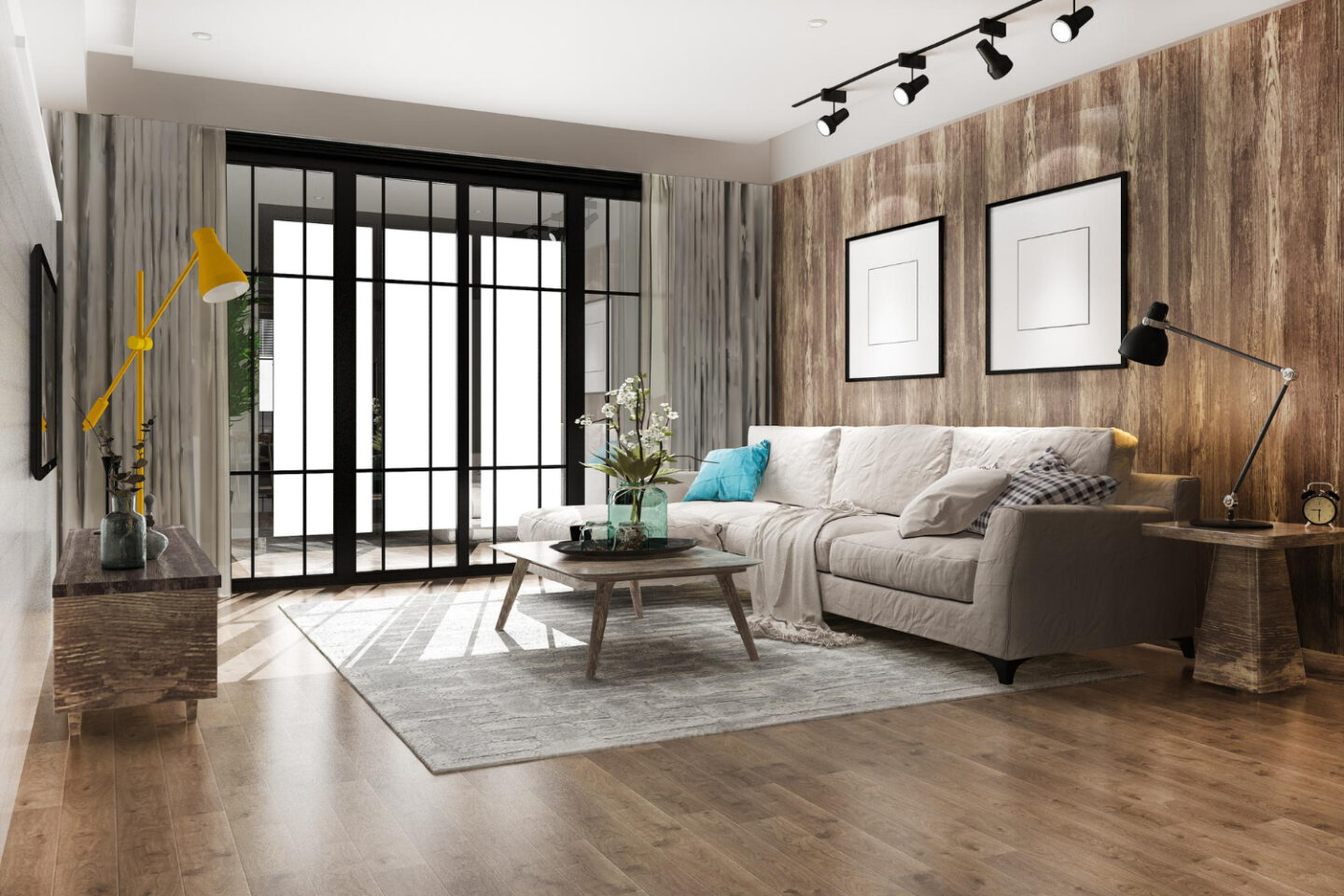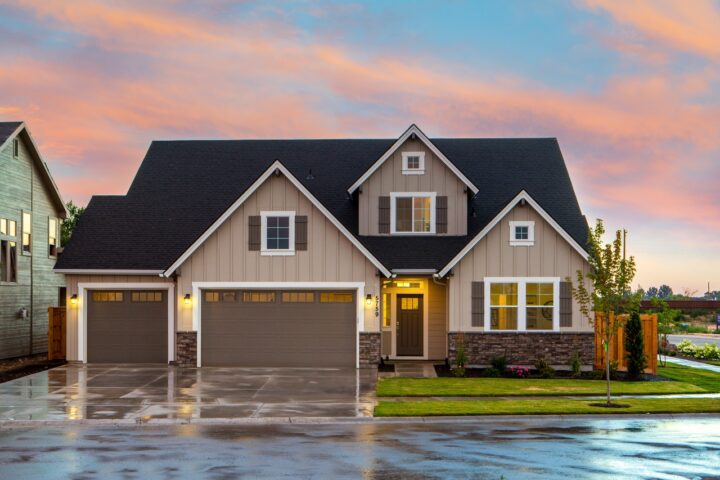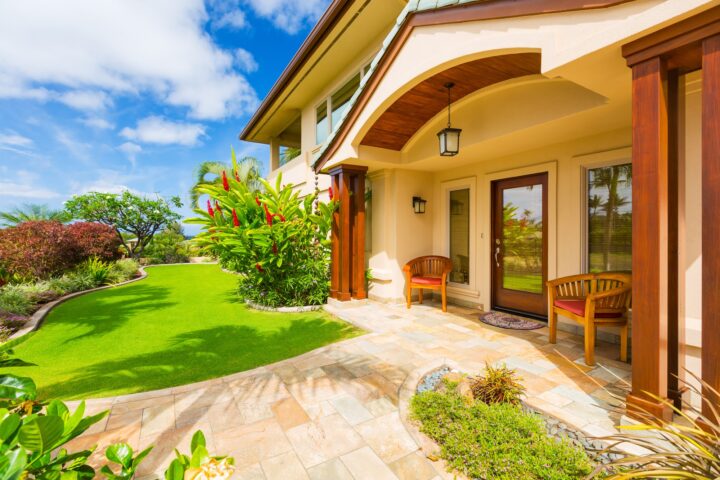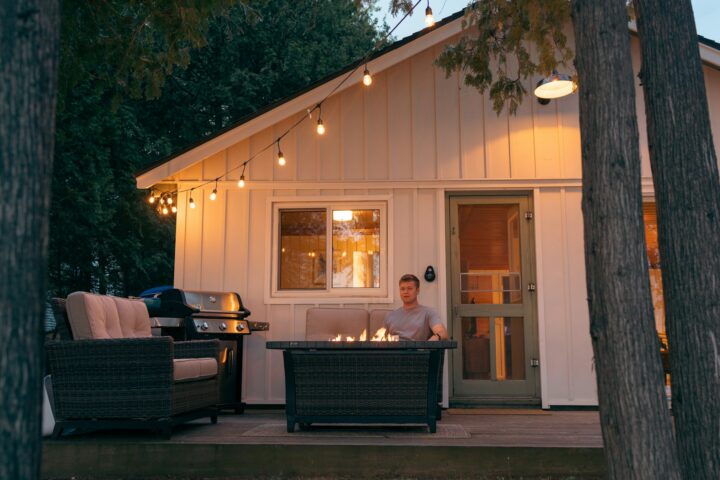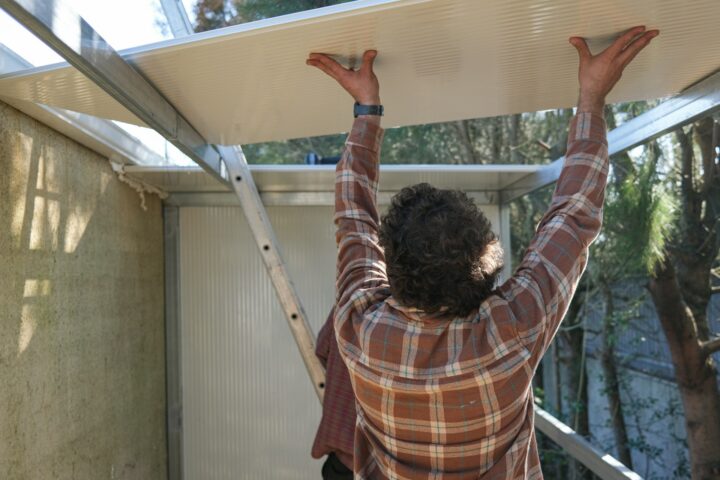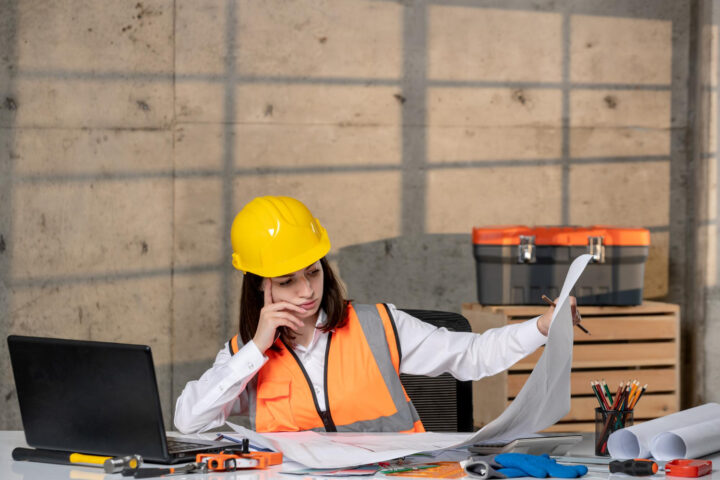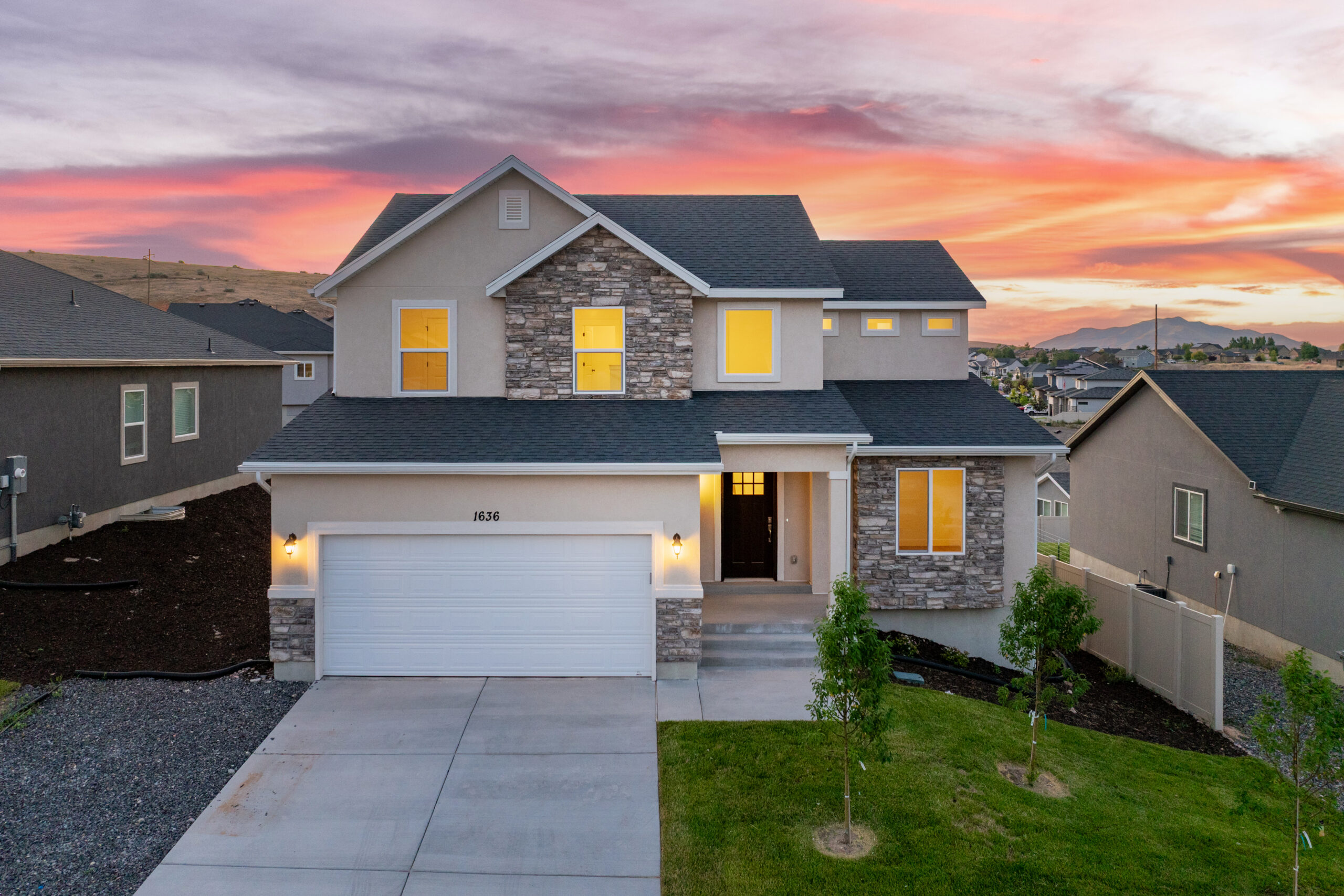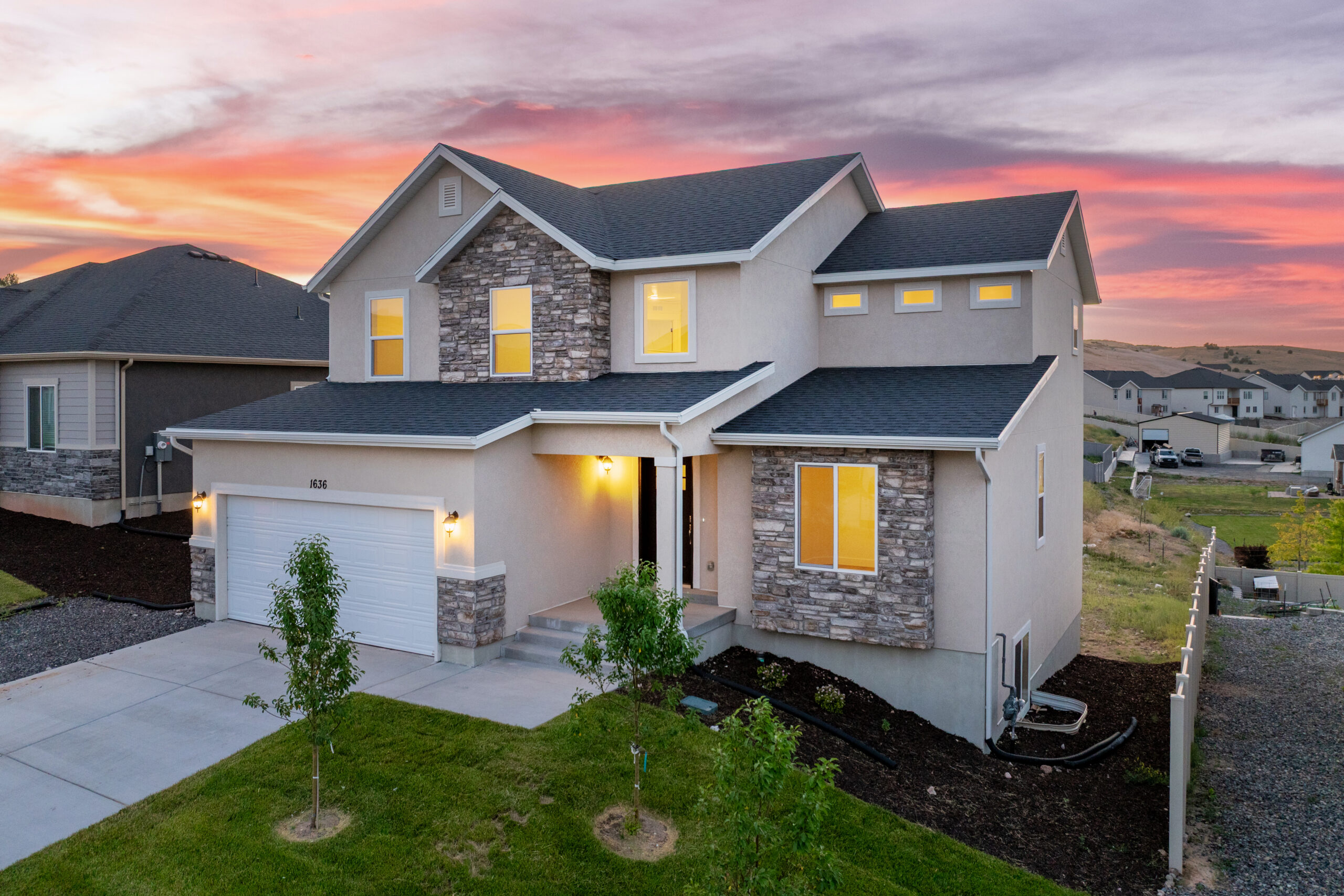Energy-efficient homes are becoming increasingly popular in Utah, where the climate demands careful planning to maintain comfortable indoor temperatures year-round. By designing homes that consume less energy, we can lower utility bills and reduce our impact on the environment. This approach benefits both homeowners and the planet by promoting sustainability and financial savings.
Creating an energy-efficient home involves understanding the basics of how energy is used and lost within a house. It means considering factors like insulation, heating and cooling systems, and the building’s orientation. It also means choosing materials and technologies that conserve energy while still enhancing the home’s comfort and functionality.
As home builders in Utah County, our goal is to guide you through the process of designing a home that meets your needs and adheres to energy-efficient principles. This includes selecting the right insulation, incorporating renewable energy sources, and ensuring the design optimizes natural light and airflow. By following these principles, we can create homes that are both environmentally friendly and economical to operate.
Understanding the Basics of Energy Efficiency
Energy efficiency in home building means using less energy while maintaining or improving comfort and convenience. To achieve this, we focus on several essential aspects. First, we look at the building envelope, which includes walls, roofs, windows, and doors. Proper insulation and sealing techniques help minimize energy loss and keep the interior climate stable.
Another crucial factor is the design and orientation of the house. By positioning the home to take advantage of natural sunlight and shade, we can reduce the need for artificial heating and cooling. This approach, known as passive solar design, involves placing windows and shading devices in strategic locations. This ensures your home stays warmer in the winter and cooler in the summer, all while using less energy.
Selecting the Right Insulation for Utah’s Climate
Utah experiences a wide range of temperatures throughout the year, so selecting the right insulation is key to maintaining energy efficiency. We use different types of insulation based on where they will perform best. For example, attic insulation needs a higher R-value because heat rises and can easily escape through the roof. Fiberglass and spray foam are popular choices for this area.
In walls, we often use blown-in cellulose or fiberglass batts, which offer excellent thermal resistance. For basements and crawl spaces, rigid foam boards provide both insulation and moisture resistance. Additionally, we make sure to seal any gaps or cracks before installation. This comprehensive approach ensures that your home stays comfortable throughout Utah’s hot summers and cold winters, while also reducing your energy bills.
Incorporating Renewable Energy Sources
Renewable energy sources like solar panels and wind turbines can significantly enhance the energy efficiency of your home. By generating your own electricity, you reduce dependence on non-renewable energy sources and lower your utility bills. In Utah, where sunlight is abundant, solar panels are particularly effective. We place solar panels in areas that receive the most sunlight throughout the day to maximize energy capture. This setup allows homeowners to harness solar energy for their electrical needs, even feeding excess energy back into the grid in some cases.
Wind turbines are another option, although they are more suited to rural areas with higher wind speeds. These turbines convert wind energy into electricity and can serve as a supplementary energy source. By integrating renewable energy solutions, we help create homes that are not only energy-efficient but also environmentally friendly. This blend of traditional and renewable energy sources ensures a sustainable living environment for years to come.
Designing for Natural Light and Optimal Airflow
Designing your home to maximize natural light and airflow can dramatically improve energy efficiency and indoor comfort. Large, strategically placed windows allow ample daylight to enter, reducing the need for artificial lighting. Rooms with plenty of natural light feel more spacious and uplifting. We also use techniques like light shelves and reflective materials to bounce sunlight deeper into rooms, ensuring even distribution of natural light.
For optimal airflow, we incorporate features such as operable windows, transoms, and ventilation systems. Cross-ventilation allows fresh air to circulate throughout the home, reducing the need for air conditioning. In addition, ceiling fans can help move air, enhancing comfort during warmer months. By combining natural light and strategic airflow, we create homes that are both comfortable and energy-efficient, providing a pleasant living environment all year round.
Conclusion
As home builders in Utah County, we focus on creating energy-efficient homes that are both comfortable and sustainable. From selecting the right insulation to incorporating renewable energy sources and designing for natural light and airflow, every detail contributes to the overall efficiency and livability of your home. Understanding how each element plays a role in energy efficiency helps us design and construct homes tailored to the specific needs of Utah’s climate.
If you’re interested in building an energy-efficient home or making improvements to your current home, we’re here to help. At Salisbury Homes, we specialize in creating spaces that are not only beautiful but also environmentally friendly. Contact our home builders in Utah today to learn more about how we can help you achieve your dream of an energy-efficient home. Experience the difference with Salisbury Homes and make your home a model of efficiency and comfort.

